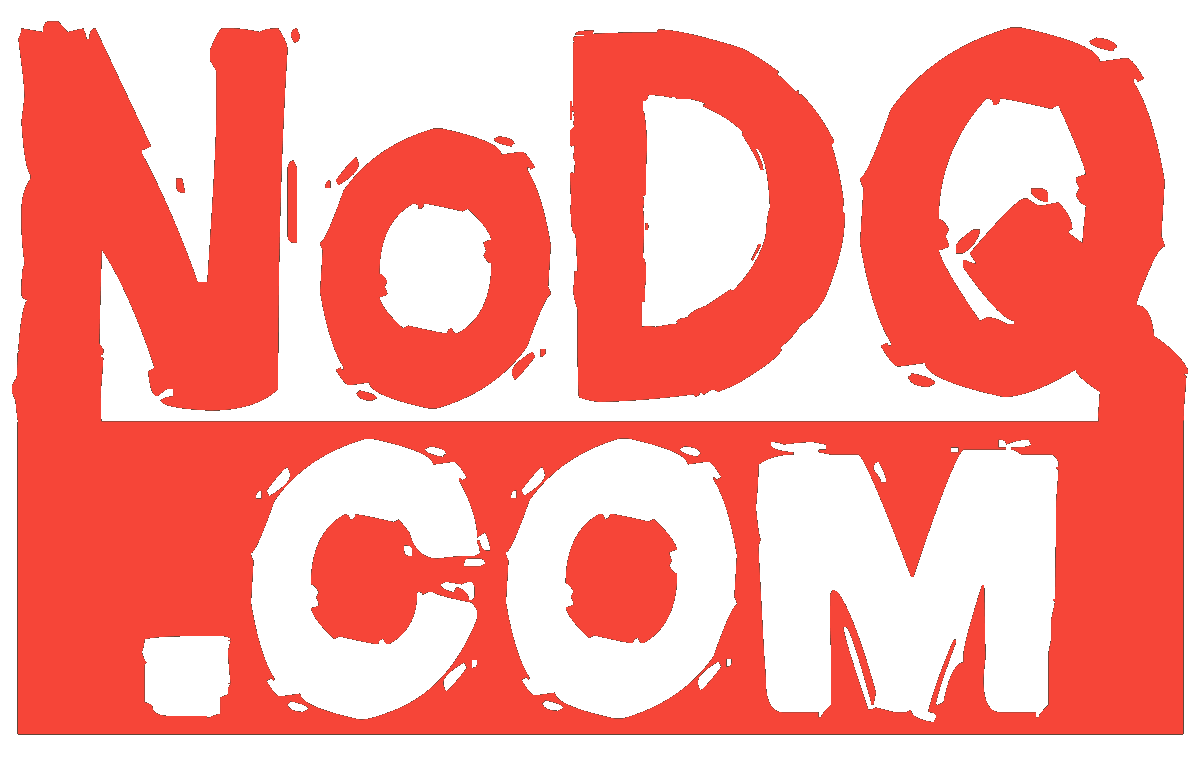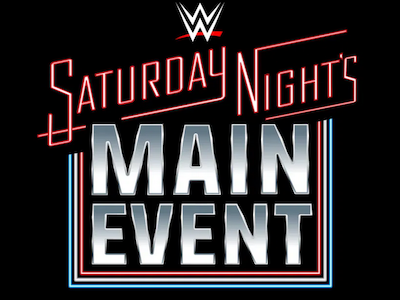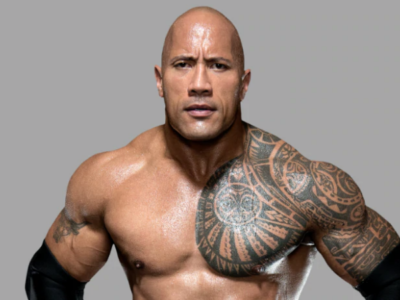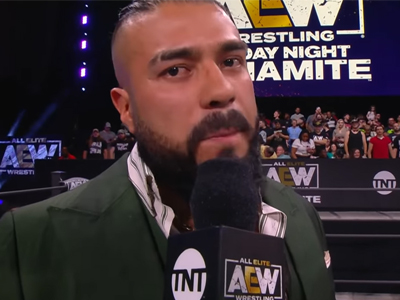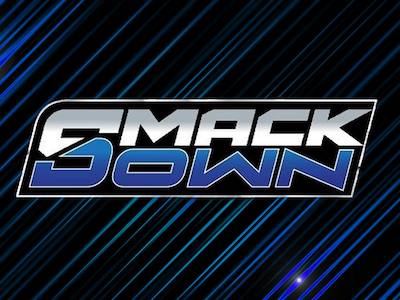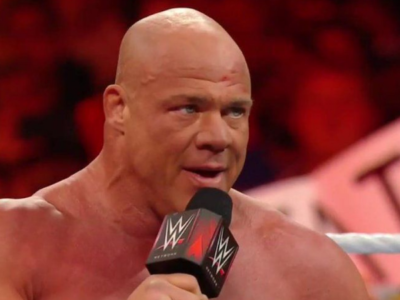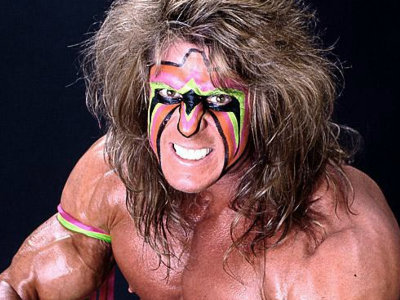It’s been 10 years already since his passing: Remembering the life and times of the Ultimate Warrior
I wasn’t writing for this site on the 10-year anniversary of the passing of the Ultimate Warrior, so while I’m a bit late to celebrate this anniversary, I thought it would be fitting to write about him and how his death affected me.
Let’s start from the beginning. Warrior began his career in the USWA under Jerry Jarrett, where he teamed up with Sting. He then moved on to WCCW under Fritz Von Erich, who gave him the name “Dingo Warrior.” He stayed with the company until 1988, when he joined the WWF. His first feud was with Hercules, which, quite frankly, was awful. However, he quickly rose through the ranks, eventually winning the Intercontinental Title from the Honky Tonk Man at SummerSlam 1988.
I first started becoming a fan of Warrior around that time, mostly because of his larger-than-life, superhero-like presentation. For me, he was the perfect wrestler. He became my favorite by far. At WrestleMania V, he lost the IC title to Rick Rude. It was like my hero was beaten by his arch-nemesis; I was furious he got cheated by Rude and Heenan, but I was hopeful he’d get his revenge—and he did, a few months later. After regaining the IC title, he held it for a while until Royal Rumble 1990, where his biggest push began: a feud with Hulk Hogan.
Then came WrestleMania VI, which solidified my fandom for the Ultimate Warrior forever. I watched it live—not at the Skydome but on closed-circuit TV at the Montreal Forum. My dad, not knowing I had vertigo, bought seats in the nosebleed section. I was frozen in fear and couldn’t move the entire night. Just before the main event, my mom took me into the hallway, where I nearly fainted. She asked if I wanted to go home or stay for the main event, and I decided to tough it out. When Hogan entered, I was distracted enough to enjoy it a bit. But when Warrior’s music hit, I forgot my fear of heights entirely. For the next 30+ minutes, I only wanted Warrior to win—and when he did, it made my night. It’s a moment I’ll never forget.
After defeating Hogan for the WWF title, Warrior defended it against all the top heels in the company throughout 1990, until he lost the belt to Sgt. Slaughter in 1991. This led to his next feud with Randy Savage, which, outside of the Hogan match, is my favorite of his career. Following WrestleMania VII, he entered a storyline with The Undertaker, which began with Undertaker locking him in a casket. Let’s just say that, as a kid, this gave me nightmares. I wanted to see Warrior get his revenge, but unfortunately, it was mostly a live-event program, so I never got to see the payback on TV.
Warrior’s last match in WWF was at SummerSlam 1991, where he famously held up Vince McMahon for a Mania bonus that Vince initially refused. He got his money, but it led to his firing. For the rest of 1991 and into 1992, Warrior disappeared, leaving me wondering why he had vanished so suddenly.
Fast forward to WrestleMania VIII—Hogan was leaving WWF, and Vince, desperate, brought Warrior back. It felt like all was right in the world as I got my favorite wrestler back. This led to a feud with Papa Shango, which was a replacement for a feud Warrior was supposed to have with Sid before Sid quit. Then, Warrior entered a title program with Savage, leading to a tag-team feud against Razor Ramon and Ric Flair. Sadly, this storyline never concluded, as the WWF was embroiled in a federal investigation, and Warrior, alongside the British Bulldog, was fired due to steroid use.
Warrior then left wrestling for nearly four years, returning at WrestleMania XII in 1996. For me, it was like time had stopped—I was once again that 8-year-old kid who had just discovered the Warrior. I was thrilled when his music hit, and I loved watching him squash Triple H. He went on to feud with various others, but by mid-1996, he was fired once more for missing live events, and that was the end of his WWF career. He wouldn’t return to TV for two years.
By 1998, with WCW at its peak, rumors spread that Warrior would make a comeback. Sure enough, in July 1998, he returned, and once again, I was ecstatic. Even though his run was filled with awkward moments, I was invested in every second. Then came the infamous rematch with Hogan, where it was clear Hogan was behind the booking, making Warrior look bad. After one last Nitro appearance, Warrior disappeared again, seemingly for good.
I won’t cover his hiatus from wrestling since I didn’t follow him closely during that period. I’ll jump ahead to his last-ever match, held in Italy against Orlando Jordan. Although he wasn’t in top wrestling shape, he was still in tremendous physical condition and kept up with Jordan.
Afterward, he retired and started his own YouTube channel, giving life advice and stirring up feuds with old rivals. Warrior seemed persona non grata in WWE, especially after his lawsuit over their “Self-Destruction” DVD. But in 2014, a miracle happened: Triple H convinced him to return and accept a Hall of Fame induction. The weekend focused on Warrior’s return, culminating in his Hall of Fame speech. While it was great to see him reunite with old colleagues like Jake Roberts, Hulk Hogan, and Vince McMahon, he didn’t look well, needing to catch his breath frequently during the speech.
The following night on Raw, he made his first appearance in years, giving what felt like his own eulogy—though we didn’t realize it at the time. This speech haunts me, as it seemed like he knew he would pass soon. Sure enough, just hours later, Warrior died in his hotel room.
At first, I thought it was a hoax; I had just seen him on Raw. But it was real, and I realized I had lost my all-time favorite wrestler without ever getting to meet him or tell him how much he meant to me as a kid. What made it harder was learning that I had almost had a chance to meet him at Ottawa ComicCon a year prior, but negotiations fell through. It took me at least a week to fully accept his death, watching his last speech repeatedly, looking for any sign he might have known it was coming.
As an adult, I began collecting Warrior memorabilia: figures, all the WWE DVDs, two Funko Pops, the 1996 comic book series he produced, and a wrestling buddy from his first run, which I was lucky to find cheap.
Warrior may not have been the greatest wrestler technically, but he was incredibly influential for my generation and for future stars in WWE and AEW. Like many fans, I still miss him. That’s why I felt it necessary to remember his legacy on the 10-year anniversary of his passing, even if a bit late, and honor the impact he had on me as a wrestling fan.
